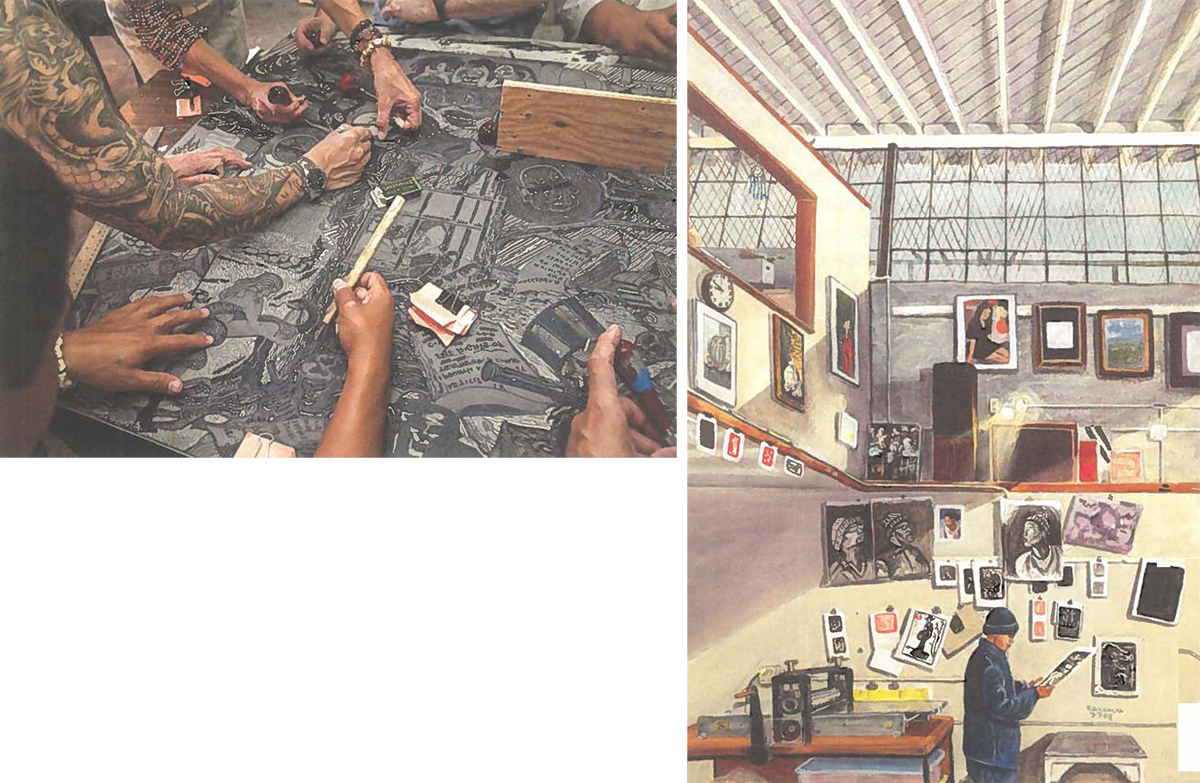
Crosslisted RCHUMS 334-002
This course looks at visual art made under the conditions of confinement and imprisonment, principally in the context of the criminal justice system. Prisons have become dynamic sites of artistic activity, with incarcerated artists engaged in drawing, painting, 3D construction, and tattoo designs, using materials that are readily available. We will explore the relationship between the restrictive conditions of incarceration, on the one hand, and the expression of creativity and a visual imaginary, a "carceral aesthetic," and the socio-economic and cultural dimensions of prison art within and outside of carceral institutions, on the other hand. While the focus will be on mass incarceration within the United States, there will also be a historical and cross-cultural consideration of other contexts in which visual art has been produced by enclosed populations within institutions of confinement (like early modern European nunneries and plague hospitals, and modern internment camps). A critical component of this seminar will be involvement in the University of Michigan Prison Creative Arts Program (PCAP)—either in facilitating a PCAP visual arts workshop (if these workshops are run remotely through correspondence in the winter) or by engaging with the PCAP Annual Exhibition of Art by Michigan Prisoners.
Textbooks/Other Materials:
Course Requirements:
Intended Audience: Open to anyone
Class Format: Two 80-minute seminar meetings per week, with the first class focusing on readings and course themes and the second class on PCAP engagement.
Estimated Cost of Materials: $0-50
HISTART Distribution Requirements: Europe and the US, Early Modern, Modern and Contemporary
Keywords: prison art, prisons, incarceration, PCAP